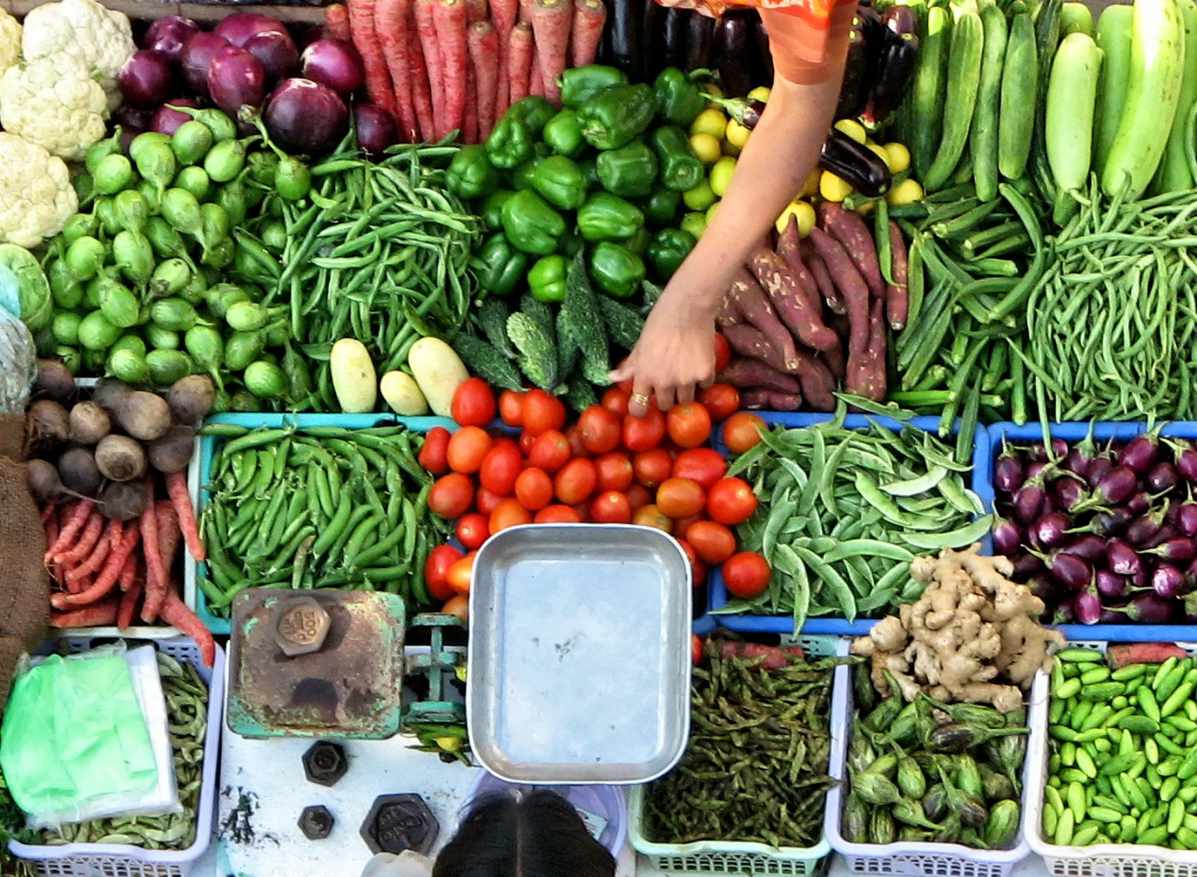Adding non-starchy vegetables to your diet is one way to increase your fiber intake and reduce your risk of cardiovascular disease. These vegetables are also low in calories and contain small amounts of carbohydrate. You should aim to eat at least half your plate of vegetables each day. These vegetables are also easy to overeat, but you should be mindful of portion size.
What is Starch?
Starch is a carbohydrate that is naturally occurring in most plants. It is the primary source of energy for the body and is present in the majority of staple foods. It provides a variety of nutrients, including glucose, the main energy source for all cells in the body. Furthermore, starch helps thicken soups and other dishes without the need for fat.
Starch is produced by plants during photosynthesis. The starch then breaks down into units of glucose to provide energy for the body. Starch is also used in baking, medicine, and various industries. There are two types of starch: rapid digestible starch (RS1) and slow digestible starch (RS2). The first type is the easiest for the body to digest, while the second type is the most complex to digest.
Where can we discover starch?
When we think of starches, we usually think of potatoes, rice, bread, and pasta. Although these foods have more calories and carbohydrates, there are many non-starchy vegetables that can be equally beneficial to our health. These include celery, cucumbers, tomatoes, and spinach. Although these vegetables may have a small amount of starch, the amount that they contain is negated by the amount of fiber that they contain.
What are the elements of starch?
The starches in vegetables are composed of different elements. They differ in their molecular weight and the functional properties they provide. The amount of amylose or amylopectin can affect the starch’s properties. Some of these properties include gelatinization, retrogradation, water absorption, swelling, and syneresis.
In its simplest form, starch is a chain of six carbon atoms linked together by a 1,4-bond. There are two forms of starch: branched amylopectin and linear amylose. Amylose is the most simple form, while amylopectin is the most complex.
The elements of starch are also present in other vegetables. Edible beans and chestnuts are high in starch.
List of regular non-starchy vegetables:
Non-starchy vegetables are a great way to get your daily dose of veggies without consuming large amounts of fat and calories. They are also great sources of fiber and many vitamins and minerals. Another bonus is that many non-starchy vegetables are high in water. A recent study showed that people who ate water-rich vegetables reduced their overall portion size, yet still lost weight. This is because the fiber in these vegetables fills you up without adding calories.
Although starchy vegetables can be a great addition to any diet, they do contain higher amounts of calories and carbs than non-starchy vegetables. On average, half a cup of starchy vegetables contains 11 to 23 grams of carbohydrates. If you’re on a low-carb diet or are diabetic, you’ll want to limit your starch intake.

